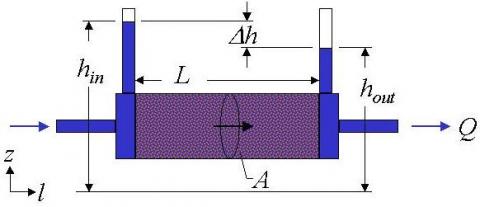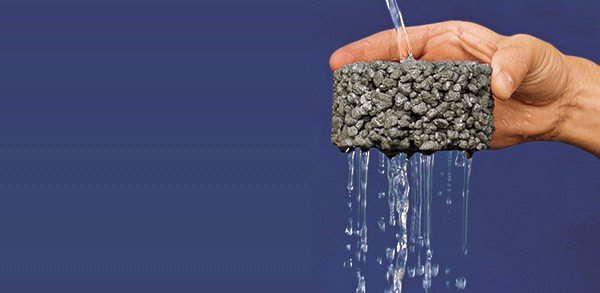In general, permeability is defined as “the property that controls the rate of flow of a fluid into the porous solid”. Regarding concrete, the difficulty of the migration of the liquid and gas through the concrete is known as the permeability of the concrete.
The durability of concrete (more about durability here) is mainly dependent on its permeability since it governs the rate with which moisture and other detrimental materials ingress and penetrate into concrete. The higher is the concrete permeability, the easier is the water and other chemical ions penetrate to the concrete and stimulate the deterioration. Therefore, achieving low porosity and permeability for concrete is the first line of defense against environment attack.
It is important to mention here that when concrete porosity is mentioned, it refers to the porosity of the paste because in fact, the pores of the aggregates are disconnected. In other words, the paste controls the overall porosity of the concrete.
To estimate concrete permeability, D’Arcy’ law is applied to the concrete paste to measure the coefficient of permeability based on the flow of water in the paste:
where: dq/dt is the rate of fluid flow,
K is the coefficient of permeability,
ΔH is the pressure gradient,
v is the viscosity of the fluid,
A is the surface area,
L is the thickness of the solid.

The coefficient of permeability, K, is not a constant value. K differs according to the age, water-to-binder ratio and others. Generally, the higher is the K value indicates higher porosity.
One of the factors that affect the values of K is the degree of hydration of cement paste. As the hydration reaction continues, the more calcium silicate hydrate (C-S-H) will be produced which decrease the connectivity of the pores inside the paste and accordingly, the mobility of the water in the concrete will be reduced and so as K. Also, the calcium hydroxide (CH) can grow inside the capillary and reduce the coefficient of permeability.

